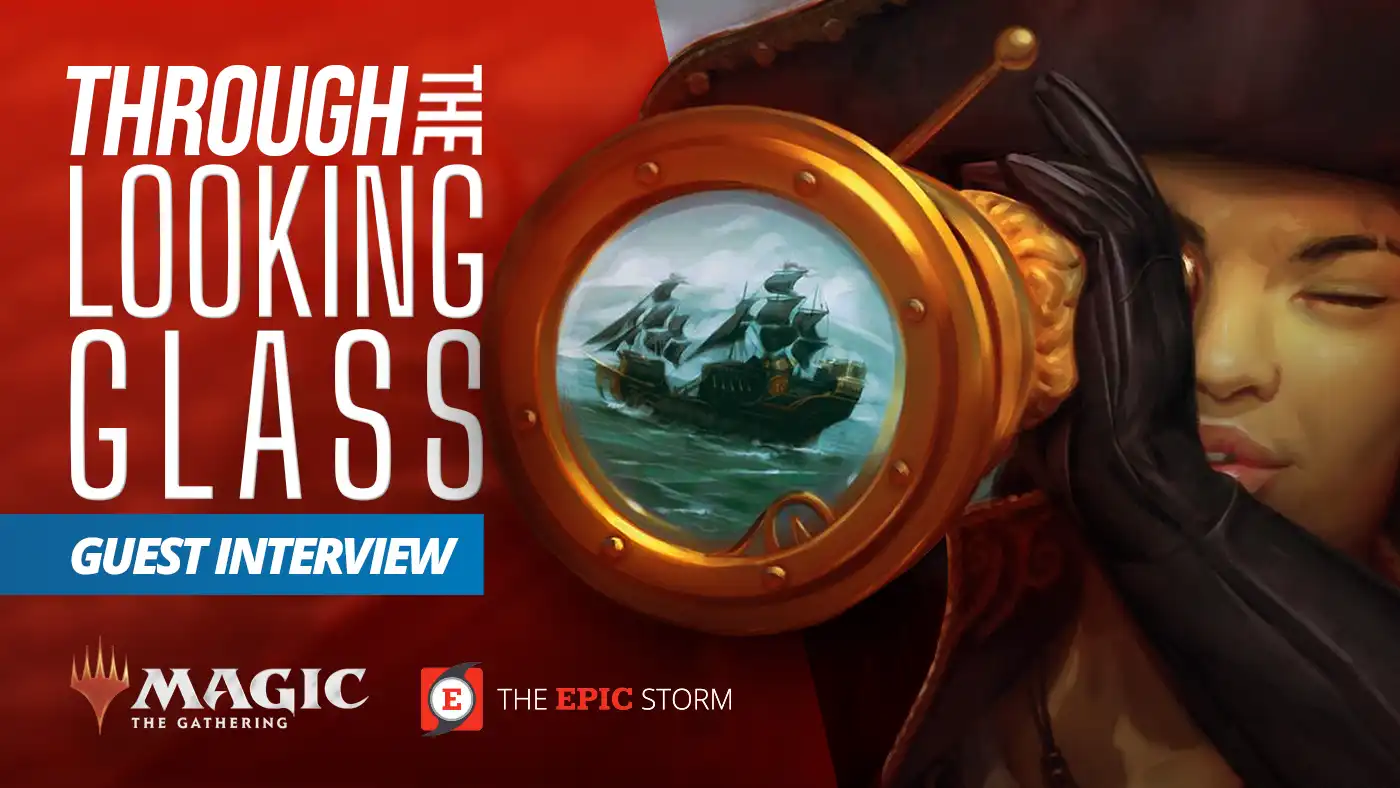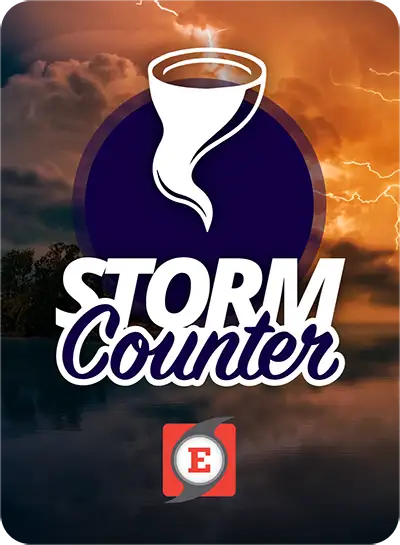
Special Guest
Brian Coval
(Twitter: BoshNRoll | Youtube: BoshNRoll | MTGO: BoshNRoll)
Brian “BoshNRoll” Coval releases YouTube videos every weekday and specializes in non-rotating “Eternal” constructed formats (Vintage, Legacy, Modern, cEDH, Pioneer, Pauper). He is a Star City Games Invitational winner, a Grand Prix champion, Eternal Weekend Vintage Champion, co-host of The Eternal Glory podcast, and has played on the Magic: the Gathering Pro Tour.
Dimir ReScaminator by Brian Coval
Main Deck
- 4 [[Brainstorm]]
- 4 [[Entomb]]
- 4 [[Ponder]]
- 4 [[Reanimate]]
- 4 [[Animate Dead]]
- 4 [[Daze]]
- 4 [[Grief]]
- 4 [[Force of Will]]
- 4 [[Troll of Khazad-dûm]]
- 3 [[Orcish Bowmasters]]
- 1 [[Wail of the Forgotten]]
- 1 [[Brazen Borrower]]
- 1 [[Atraxa, Grand Unifier]]
- 1 [[Archon of Cruelty]]
- 4 [[Polluted Delta]]
- 4 [[Underground Sea]]
- 3 [[Wasteland]]
- 2 [[Scalding Tarn]]
- 1 [[Island]]
- 1 [[Misty Rainforest]]
- 1 [[Swamp]]
- 1 [[Undercity Sewers]]
Sideboard
- 3 [[Dauthi Voidwalker]]
- 2 [[Dress Down]]
- 2 [[Force of Negation]]
- 2 [[Murktide Regent]]
- 1 [[Hydroblast]]
- 1 [[Null Rod]]
- 1 [[Orcish Bowmasters]]
- 1 [[Unlicensed Hearse]]
- 1 [[Brazen Borrower]]
- 1 [[Dismember]]
[[Island]], [[Ponder]], keep, baby. But seriously, I’m looking for stability and disruption more than the ability to send it fast. The deck will send it eventually if you’re still alive. I love starting on a [[Grief]], even if I don’t have any tricks for it yet.
I prioritize disruption first, but I do enjoy that it’s a deck I’m free to goldfish against. Getting an [[Atraxa, Grand Unifier]] trigger is usually good for a [[Force of Will]] and/or [[Grief]]’s worth of interaction; every hit means they need a higher storm count to win. All that said, [[Veil of Summer]] is a beating and TES plays 4 mainboard, so I have to be careful not to walk into it.
TES should be do the normal TES equation of life total / perceived clock vs. current likelihood of winning given the layers of protection you have. If there’s no clock and the TES player has a [[Veil of Summer]], the TES player has a lot of time. If the TES player does not [[Veil of Summer]] or is facing a [[Troll of Khazad-dûm]], they better start running the success numbers and make an informed decision.
Live reads like staring at their hand and counting while deciding to keep or mull is a dead giveaway. I’m suspicious of any mulligan below six cards. In the case of TES, [[Chrome Mox]] or [[Mox Opal]] alongside fetchlands or fetching [[Commercial District]] are all big tells. If I see any of these indicators while leaving a Green up, I have to respect [[Veil of Summer]] and decide what I’m willing to put into fighting over it.
The best practice is to just win the die roll and [[Grief]] your opponent. Then, it doesn’t matter what they’re on, and you don’t have to guess.
On the play, I want to [[Grief]] and clock somehow. [[Reanimate]] the [[Grief]], have an [[Entomb]], even [[Orcish Bowmasters]] is fine. The nuts are [[Grief]] into [[Entomb]], then [[Reanimate]] [[Atraxa, Grand Unifier]].
On the draw, I want everything I wanted on the play, plus [[Force of Will]]
Among the biggos, you almost always want [[Atraxa, Grand Unifier]]. [[Archon of Cruelty]] targets and can be out-tempoed by [[Veil of Summer]], while [[Atraxa, Grand Unifier]] just gasses you up and doesn’t care about interaction after that. I’d rank the [[Reanimate]] targets in the deck as [[Atraxa, Grand Unifier]] > [[Grief]] > [[Archon of Cruelty]] > [[Troll of Khazad-dûm]].
I sometimes wish I had it in the fast [[Reanimate]] games to push harder. It’s a huge brick in the sideboard juke package though, and you need that post-board Dimir Scam deck to be as smooth as possible because you’re boarding out a lot of power. As far as making the cut, where would it go? Every card in this deck is working so hard. It’s partially a case of “it’s not good enough” and partially “I already have 60 cards I want to play.”
I’ll need interaction, but luckily the deck is full of it. I trust [[Grief]] and [[Null Rod]] more than I trust [[Force of Will]], but I’m not going to be too picky if my hand has interaction and a plan.
The card I’m most worried about is [[Veil of Summer]]. I don’t want to steer Storm students in the wrong direction by telling them to mull looking for one, as I suspect that would hurt winning percentage more than help it over time, but maybe consider the mid hand with a [[Veil of Summer]] over mulling for a “better” hand without one.
Among the listed decks I’d want to play against Painter > TES > Oops > Sneak and Show > Doomsday. Painter has no meaningful interaction for my most powerful stuff. The EPIC Storm has [[Veil of Summer]] that I’m in good shape if I play around. The blue combo decks that can fend off my goldfish while having a fast one of their own are where it becomes a crapshoot. I’m stoked to be a [[Grief]] deck in all these cases and generally like all those matchups.
Where I’m not as thrilled with my matchup are the [[The One Ring]] / [[Karn, the Great Creator]] / [[Mystic Forge]] mono-brown combo decks — it can feel like [[Null Rod]] or bust in a lot of cases, and I’m probably most worried about those in the combo space.
Against TES I’d want the two [[Force of Negation]], [[Null Rod]], [[Orcish Bowmasters]], and three [[Dauthi Voidwalker]]. I’d cut [[Archon of Cruelty]], two [[Animate Dead]], [[Brazen Borrower]], [[Wail of the Forgotten]], and two [[Daze]].
I might fiddle with my [[Daze]] count on the play vs. draw, but overall the plan is the same but more powerful if I get to go first.
Check out BoshNRoll on YouTube for daily Eternal Magic content!
I want to give a big shout out to Brian Coval for joining us Through the Looking Glass. Now go forth, and topdeck [[Veil of Summer]].
Bang bang, Tendrils gang. See you next month.










